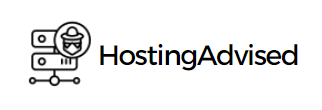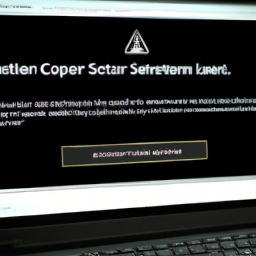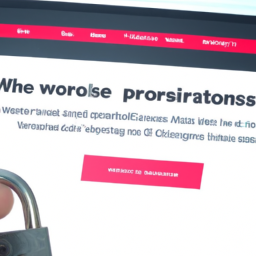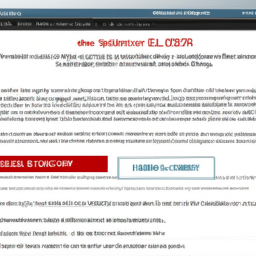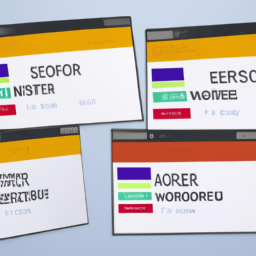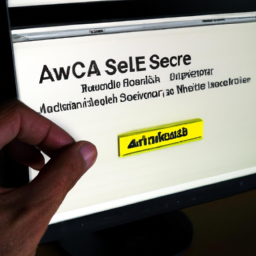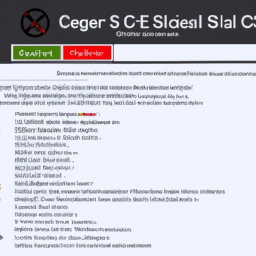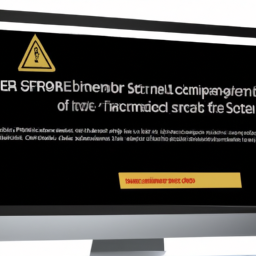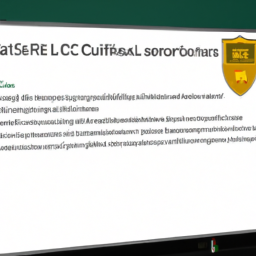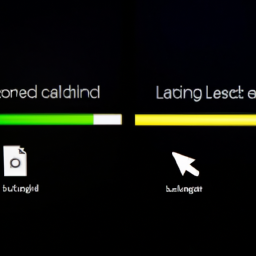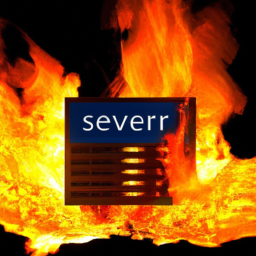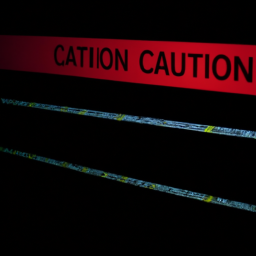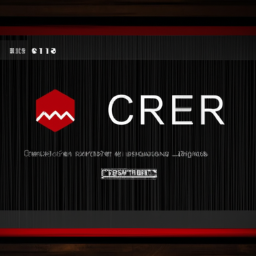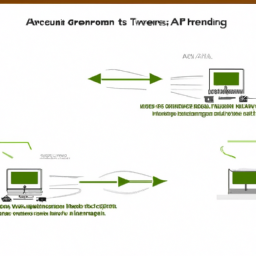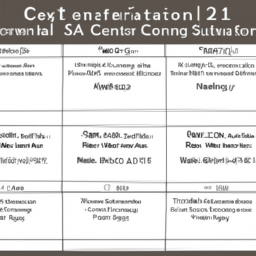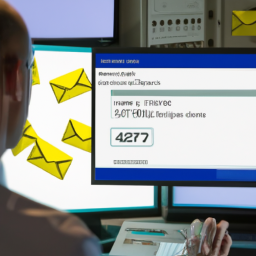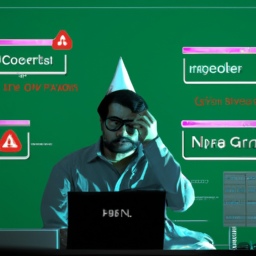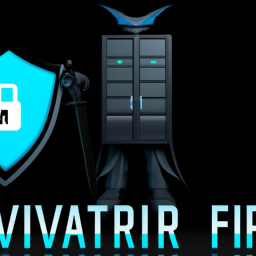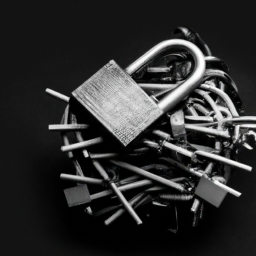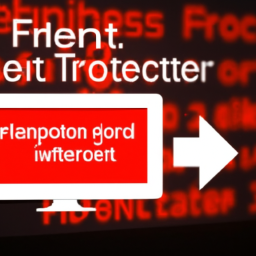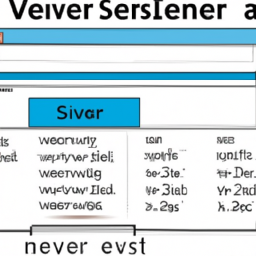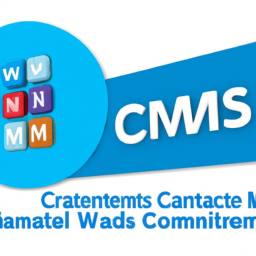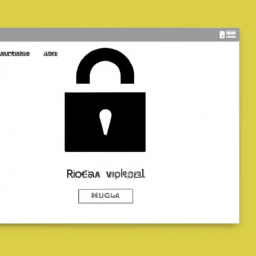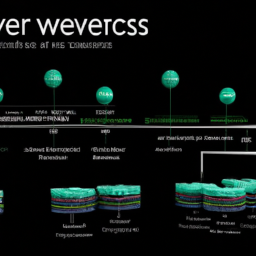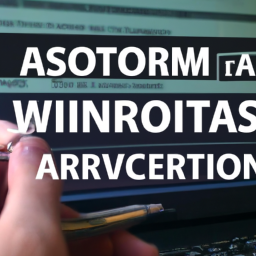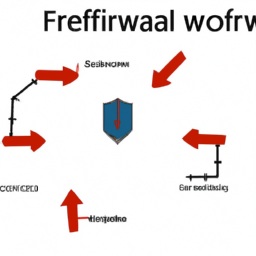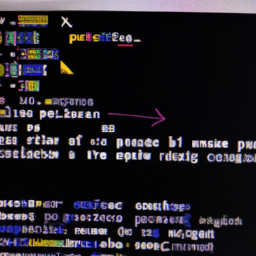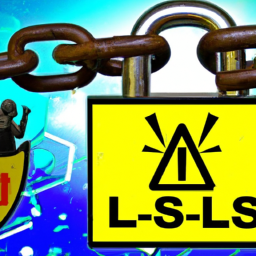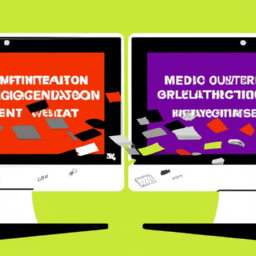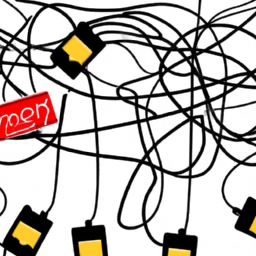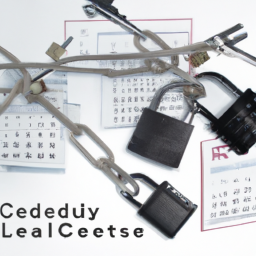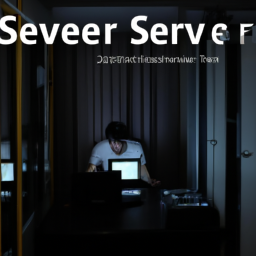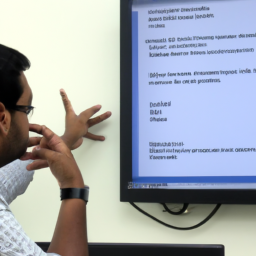Are you experiencing some technical hiccups while installing SSL certificates? Don’t worry, we’ve got you covered! Welcome to our comprehensive guide to troubleshooting SSL certificate installation errors.
In this article, we’ll walk you through the ins and outs of SSL certificates, and help you tackle the common installation errors that can pop up along the way.
SSL certificates play a crucial role in securing your website and ensuring the confidentiality of data exchanged between your site and its visitors. However, installing them can sometimes be a bit tricky, leading to frustrating errors. But fear not! We’ll address the most common issues you may encounter, such as invalid Certificate Authority (CA) errors, incorrect certificate chain errors, and mismatched certificate and key errors.
So, whether you’re a seasoned web developer or just dipping your toes into the SSL certificate installation world, this guide will equip you with the knowledge and troubleshooting tips you need to overcome any obstacles that come your way.
Let’s dive in and conquer those pesky errors together!
Key Takeaways
- SSL certificates are important for securing websites and protecting data.
- Troubleshooting SSL certificate installation errors involves verifying authenticity, checking for expired or invalid intermediate certificates, and ensuring the certificate and key match.
- Proper configuration of the SSL certificate chain is crucial for successful installation.
- Regularly updating and renewing SSL certificates is recommended to maintain security.
Understanding SSL Certificates
So, you want to understand SSL certificates and how they work? Well, let’s dive into it.
Understanding SSL certificate vulnerabilities is crucial in today’s online security landscape. SSL certificates play a vital role in securing sensitive information transmitted over the internet. They provide encryption and authentication, ensuring that data is protected from unauthorized access and tampering.
SSL certificates establish a secure connection between a web server and a user’s browser, creating a trust relationship. Exploring the importance of SSL certificates in online security reveals their role in preventing data breaches, phishing attacks, and other cyber threats.
Now, let’s move on to the next section, where we’ll discuss common SSL certificate installation errors and how to troubleshoot them.
Common SSL Certificate Installation Errors
Well, looks like we’ve stumbled upon the usual suspects when it comes to installing those pesky SSL certs.
One common error that you might encounter is the expired certificate error. This occurs when the SSL certificate you’re trying to install has expired. To troubleshoot this, you need to check the validity period of the certificate and make sure it’s still valid.
Another error you might come across is the insecure connection error. This happens when the SSL certificate doesn’t match the domain name or if the connection isn’t secure. To fix this, you should double-check the certificate details and ensure that the correct certificate is being used.
Now, let’s move on to troubleshooting invalid certificate authority (CA) errors.
Troubleshooting Invalid Certificate Authority (CA) Errors
To resolve invalid certificate authority (CA) errors, you should verify the authenticity of the certificate issuer and ensure that it is recognized by trusted root certificate authorities. Here are three key steps to help you troubleshoot these errors:
-
Validating Certificate Authority: Check if the certificate authority (CA) is reputable and trusted. Ensure that it’s listed in the trusted root certificate authorities of the operating system or browser.
-
Troubleshooting Expired Certificates: Verify that the CA’s certificate used to sign your SSL certificate is valid and not expired. If it’s expired, contact the CA for a new certificate.
-
Verifying Certificate Chain: Confirm that the SSL certificate is properly chained to the appropriate root certificate. Use SSL validation tools or the browser’s developer tools to inspect the certificate chain.
By following these steps, you can resolve invalid CA errors and ensure the integrity of your SSL certificate.
Moving on to the next section, we’ll address troubleshooting incorrect certificate chain errors.
Troubleshooting Incorrect Certificate Chain Errors
To troubleshoot incorrect certificate chain errors, you need to ensure that each intermediate certificate in the chain is properly linked to the corresponding root certificate, creating a seamless connection like a chain of perfectly fitting puzzle pieces.
Start by replacing any expired or invalid intermediate certificates with valid ones. These intermediate certificates are crucial in establishing trust between the root certificate and the end-entity certificate. If any intermediate certificate is missing, expired, or not properly linked, the certificate chain will be broken, resulting in an incorrect certificate chain error.
To resolve this issue, obtain the correct intermediate certificates from the certificate authority (CA) and install them in the correct order. Once the certificate chain is properly established, you can move on to troubleshooting mismatched certificate and key errors.
Troubleshooting Mismatched Certificate and Key Errors
To troubleshoot mismatched certificate and key errors, you need to verify that the SSL certificate and private key match. This can be done by comparing the common name or subject alternative names on the certificate with the corresponding private key. If they don’t match, you’ll need to reissue the SSL certificate with the correct private key.
Additionally, it’s important to check the SSL certificate installation on the server to ensure it’s been properly configured and associated with the correct key.
Verify the SSL Certificate and Private Key match
Make sure your SSL Certificate and Private Key match by comparing the information provided in both files. This step is crucial in troubleshooting revoked certificates and expired certificates.
To verify the match, open the SSL Certificate file and locate the ‘—–BEGIN CERTIFICATE—–‘ and ‘—–END CERTIFICATE—–‘ lines. Then, open the Private Key file and find the ‘—–BEGIN PRIVATE KEY—–‘ and ‘—–END PRIVATE KEY—–‘ lines.
Compare the content between these lines in both files. The information should be identical, including any line breaks or spaces. If there is any discrepancy, it means the SSL Certificate and Private Key do not match, which can cause installation errors.
In the subsequent section, we’ll discuss how to reissue the SSL certificate with the correct private key to ensure a successful installation.
Reissue the SSL Certificate with the correct Private Key
To ensure a successful SSL certificate installation, it’s crucial to verify that the SSL certificate and private key match. But what if they don’t? In such cases, the best approach is to reissue the SSL certificate with the correct private key.
Here’s a step-by-step guide to help you through the process:
-
Contact your certificate authority (CA) and request the revocation of the current certificate.
-
Generate a new private key using a secure method or tool.
-
Submit a new certificate signing request (CSR) to your CA, using the newly generated private key.
-
Once you receive the new SSL certificate from your CA, proceed with the installation.
Now that you’ve successfully reissued the SSL certificate, it’s time to move on to the next step: checking the SSL certificate installation on the server.
Check the SSL Certificate installation on the server
Now that you’ve reissued the SSL certificate, let’s dive into checking the server’s SSL certificate installation to ensure everything is in place and secure.
Start by checking the server configuration to make sure the certificate is properly installed. Verify that the certificate is associated with the correct domain and that the private key matches the certificate.
Next, troubleshoot any SSL handshake errors that may arise during the installation process. Check for common issues such as incorrect SSL versions, cipher suite mismatches, or expired intermediate certificates.
Use SSL/TLS debugging tools like OpenSSL or Wireshark to analyze the handshake process and identify any errors or misconfigurations.
Remember, a properly installed SSL certificate is crucial for maintaining a secure connection between your server and clients.
Once you have verified the installation, we can move on to additional tips and resources for further troubleshooting.
Additional Tips and Resources
Take advantage of these additional tips and resources to enhance your troubleshooting skills when faced with SSL certificate installation errors. When dealing with SSL certificate expiry errors, there are a few tips that can help you troubleshoot the issue.
Firstly, check the expiration date of the certificate and ensure it’s still valid. If it’s expired, you’ll need to renew it.
Secondly, verify that the system clock on your server is accurate, as an incorrect clock can cause certificate expiry errors.
In addition to these tips, there are also resources available to help troubleshoot SSL certificate revocation errors. One useful resource is the Online Certificate Status Protocol (OCSP), which allows you to check the revocation status of a certificate. Another resource is Certificate Revocation Lists (CRLs), which provide a list of revoked certificates.
By utilizing these resources and implementing the tips mentioned, you can effectively troubleshoot SSL certificate installation errors and ensure the smooth operation of your website or application.
Frequently Asked Questions
How do I generate a Certificate Signing Request (CSR) for my SSL certificate?
To create a CSR for an SSL certificate, you need to gather certain information. Start by generating a private key on your server. Then, use this key to create a CSR containing details like your organization’s name, domain name, and location.
Additionally, include your contact information and specify the type of SSL certificate you want.
This CSR will be used to request the SSL certificate from a certificate authority.
What is the difference between a self-signed certificate and a CA-signed certificate?
A self-signed certificate is one that is generated by the entity itself, without the involvement of a trusted Certificate Authority (CA). It is typically used for testing or internal purposes.
On the other hand, a CA-signed certificate is issued by a trusted CA, ensuring the authenticity and security of the certificate. While self-signed certificates are quick and easy to create, they are not trusted by browsers.
CA-signed certificates provide better security and are widely recognized, making them ideal for public-facing websites.
Can I install multiple SSL certificates on the same server?
Yes, you can install multiple SSL certificates on the same server. However, it’s important to ensure that each certificate is associated with a unique IP address or domain name. This is necessary to properly identify and secure each website or application on the server. By assigning a unique identifier to each certificate, you can prevent conflicts and ensure the correct certificate is used for each specific domain or IP address.
How do I renew an expiring SSL certificate?
To renew an expiring SSL certificate, you need to follow a simple renewing process. First, generate a Certificate Signing Request (CSR) using your existing private key.
Then, submit the CSR to your Certificate Authority (CA) for renewal. Once approved, download the renewed certificate and install it on your server.
Remember to update all necessary configurations to ensure a smooth transition. Common renewal errors include mismatched CSRs, outdated private keys, and expired certificates.
What steps should I take if my SSL certificate is not trusted by browsers?
To troubleshoot SSL certificate chain errors, start by ensuring that the intermediate and root certificates are installed correctly. Verify their validity and check for any expired or revoked certificates.
Additionally, make sure that the certificate is issued by a trusted Certificate Authority (CA). Common reasons why browsers don’t trust SSL certificates include mismatched domain names, expired certificates, and certificates from untrusted CAs.
Check for these issues and resolve them to establish trust with browsers.
Conclusion
In conclusion, troubleshooting SSL certificate installation errors can be a complex process that requires careful attention to detail. By understanding the common errors that can occur, such as invalid certificate authority (CA) errors, incorrect certificate chain errors, and mismatched certificate and key errors, you can effectively diagnose and resolve issues.
Remember to utilize additional tips and resources to aid in your troubleshooting journey. Just like a skilled detective unravels a tangled web of clues, you too can untangle the complexities of SSL certificate installation errors.
